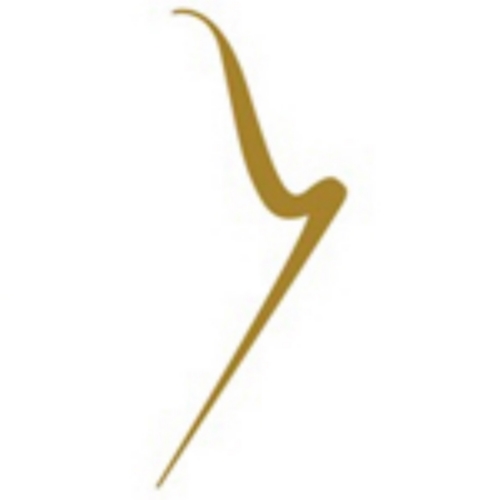You’ve got your theme and duration. You’ve shopped around and searched your music collection. You’ve got a short list of favourites in a variety of styles. Where to next? Well, to the harp of course!
Play time
Now is the time to get behind the instrument and play through the pieces in question. Do they sound and feel like you remember, or if they are new, do you like them? Most importantly, will they be ready in time? I’ve returned many decent pieces to the shelf at this stage once I figured out they just would not be ready in time. They’ll get an airing another day!
This should whittle the prospective pieces down a little further. Next, take the remaining music, and do some research. Jump onto YouTube or Spotify to find some recordings, not just to check the tempi and character of the works, but to see how long they are. If you can, cross check with a few different recordings- some players can rip through pieces like there’s no tomorrow, while others take a more relaxed (slow) approach. Balance it out in the middle, or figure which side of the divide you fall on. These timings are crucial in the preparation stage to avoid falling short of the necessary length, or to avoid you spending your time practicing up music that just won’t fit in.
You should now be left with a collection of works that you like and want to play, and that fit the bill in terms of programme length and stylistic requirements. It is at this point that you really want to start digging deep into this music to get to know the notes and character of each piece.
Getting things in order.
Right from the get go, there may well be clear favourites for placing first or last in the programme. There may be other works that seem like they could go anywhere in the scheme of things, or music that you will really have to be warmed up for before performing. There’s no time like the present for making notes about the requirements of each piece you are preparing for this programme.
It is always really tempting to make the first piece in any programme the flashy opener. It’s a great way to mark the start of the concert and to capture the audience’s attention and imagination. But this ideal also needs to be balanced out with the practicalities of playing. As an example, I have very cold hands. It can take half a programme for them to get warmed up, even if I have been sitting in a practice room immediately before coming on stage. With this in mind, I always make sure my first piece is one which is technically comfortable, even with cold hands.
Once you’ve figured out what goes first, you might want to think about what goes last. Again, the flashy show stopper is a great idea. Leave ‘em wanting more! Before committing to an end piece, though, have a think about the stamina that is required to pull off said showy number. If your hands are likely to be tired at that point, choose your piece carefully, and/or do lots of strength practice in the lead up to the recital.
Then take the remaining pieces and have a look at the character of each one. Do you have 2 slower works that might drag the programme down if placed next to each other? Is there a work that gives you a little mental and technical break halfway through? Or do certain pieces just feel ‘right’ next to each other? Do some works just flow in a certain order?
Take the time to play the whole programme through, however roughly, to see how it all fits together. Keep an eye on the clock to double check the rough length (bearing in mind this will change as you get to know the works better). If things don’t feel quite right, repeat any of the preceding steps to see where the sticking points might lie.
But if everything seems to fit, then congratulations- you have a programme!

